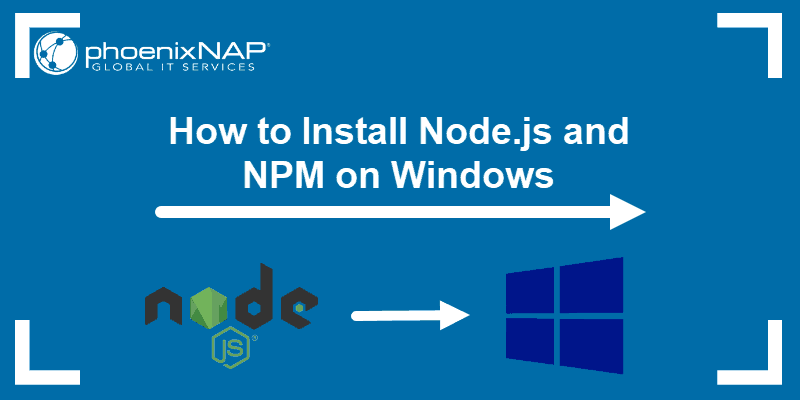
Locally deployed packages are accessible via require() method. Here local mode refers to the package installation in node_modules directory lying in the folder where Node application is present. Now you can use this module in your js file as following −īy default, NPM installs any dependency in the local mode. There is a simple syntax to install any Node.js module −įor example, following is the command to install a famous Node.js web framework module called express − usr/bin/npm -> /usr/lib/node_modules/npm Just use the following command from root − If you are running an old version of NPM then it is quite easy to update it to the latest version. To verify the same, open console and type the following command and see the result − NPM comes bundled with Node.js installables after v0.6.3 version. Online repositories for node.js packages/modules which are searchable on Ĭommand line utility to install Node.js packages, do version management and dependency management of Node.js packages. Less-common operating systemsįor more information on installing Node.js on a variety of operating systems, see this page.Node Package Manager (NPM) provides two main functionalities − Or see this page to install npm for Linux in the way many Linux developers prefer.

Be sure to install the version labeled LTS. If you're using OS X or Windows, use one of the installers from the Node.js download page. If you use Linux, we recommend that you use a NodeSource installer. If you are unable to use a Node version manager, you can use a Node installer to install both Node.js and npm on your system.

Using a Node installer to install Node.js and npm

Node version managers allow you to install and switch between multiple versions of Node.js and npm on your system so you can test your applications on multiple versions of npm to ensure they work for users on different versions. Npm -v Using a Node version manager to install Node.js and npm


 0 kommentar(er)
0 kommentar(er)
